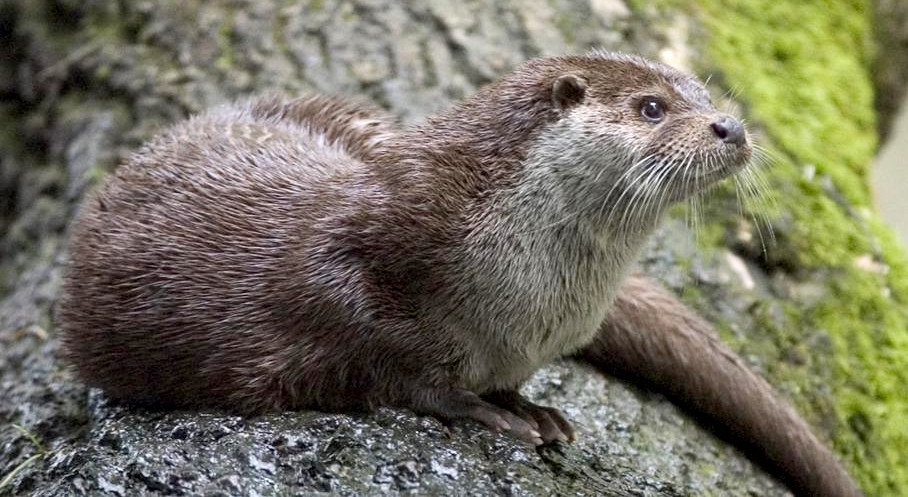Exploring the Wildlife of Ireland's Waterways: From Kingfishers to Otters and Beyond
-

- by Admin
- Feb 20, 2025

Although it might be challenging to identify the species on our waterways, knowing what to look for is a good place to start! When the more elusive nocturnal species are active, try taking walks at different times of the day, especially early in the morning or late at night.
Irish Otters: Learn About and Protect Them
As if we've all suddenly realized how adorable they are, otters have unexpectedly become social media celebrities in recent years! They do have a somewhat dog-like appearance, but they are more closely related to badgers and weasels. The Irish word for otter is "madra uisce," or water dog. The fact that otters are both common and ubiquitous may surprise you. Being nocturnal and timid, they are usually spotted at dawn or dusk, but if you look closely, you might also spot them swimming in rivers or scuttling down the shore, especially beneath bridges. Recently, I had the good fortune to witness otters flowing through the Suir Blueway, diving for fish and displaying their characteristic, nearly body-length, sharp tails.
Otters inhabit "holts," which are subterranean dens near the water's edge that are typically found near boulders or fallen trees. To go between their holts and the river, otters even make their own "chutes," or water slides! They are carnivores that mostly consume fish, but they will also search for small animals, frogs, and waterbirds along riverbanks.
Did you know that "bevy" is the collective word for otters?
Since otters are apex predators and signs of a healthy ecology, seeing one is both exciting and auspicious. The National Biodiversity Data Centre would want to know if you have lately seen an otter. We are all invited to learn more about otters and report sightings here as they are doing a nationwide study of our otter population.
Kingfishers: The Bright Jewel of the River in Nature
Even though they are common, the famous kingfisher is typically only visible as a streak of orange and electric blue along the river's surface. These skilled fishermen, who must consume their own body weight in fish each day, were once thought to be signs of prosperity and peace. The word "halcyon days," which refers to peaceful and joyous days, comes from the Greek word for the kingfisher, halcyon. Additionally, it's stated that only the righteous can see kingfishers, so if you happen to get a glimpse of one, consider yourself quite fortunate!
Atlantic Salmon: A Danger to Ireland's Migratory Wonder
Our waterways are frequented by lamprey, eel, brown trout, and perch. In the fall, our Atlantic salmon, which are famous for their remarkable winter migrations to the Greenland coast, return to Ireland to breed in their home rivers. Clear passage up the river to their spawning grounds and clean, well-oxygenated water are essential for salmon. Unfortunately, because to habitat degradation, overfishing, and migration restrictions, this iconic species is now considered "vulnerable."
Dragonflies: Ireland's Rivers' Skilled Flyers
Among our winged insects, dragonflies and damselflies are arguably the most recognizable and amazing. Ireland is home to thirty species of dragons and damselflies. They are always close to water and are on the wing throughout the summer. Because they require clean water, they are also a strong indicator of a healthy river. Keep an eye out for dragonflies the next time you're beside a river; they're worth a close examination! They have existed for 320 million years, long before dinosaurs, and have developed into one of the most successful predators in the world and the ideal flying machines. Because each wing can move independently, they have complete control over their flight, including the ability to hover, fly backwards, and do aerial maneuvers that Top Gun pilots could only imagine.
0 Comments:
Leave a Reply